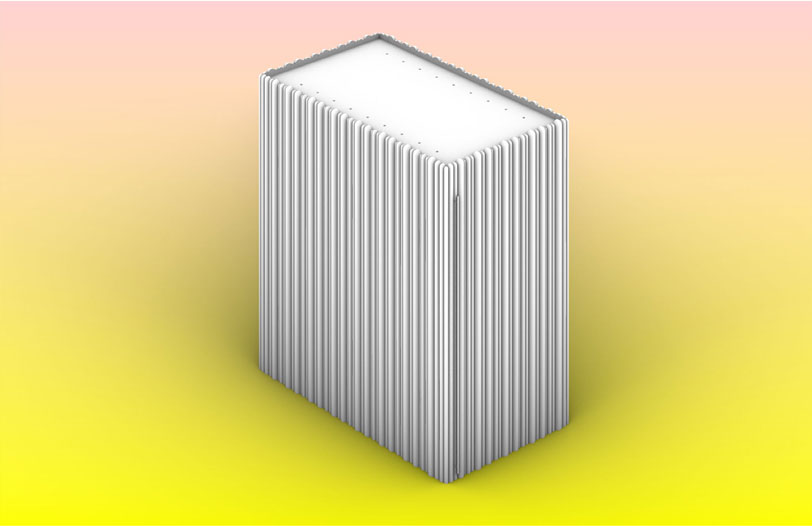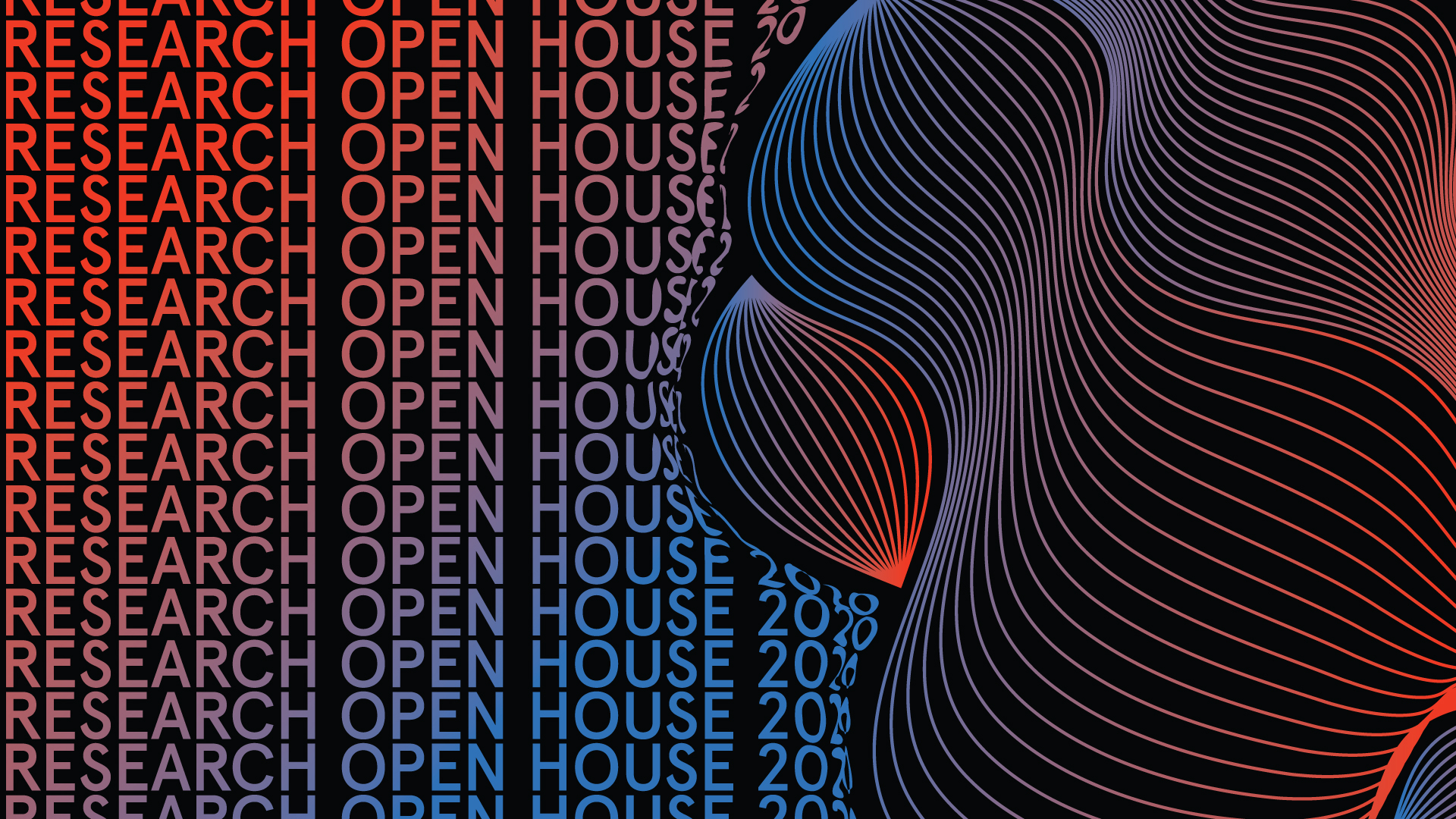
Welcome to the Research Open House 2020!
Feel free to explore our website with the exciting research projects from our faculty, staff, and students across various disciplines at Pratt Institute. If you’d prefer to scroll through research at your own leisure, you can also access a PDF of all listed projects here (PDF).
If you have any questions or would like to discuss a potential project or collaboration, email the Office of Research & Strategic Partnerships at research-partnership@pratt.edu.
When the decision was made to cancel the 3rd Annual Research Open House in the beginning of March, we never thought over a month later we would be where we are now.
The world at large faces an unprecedented health crisis and life as we know it has changed.
Still we forge onward: our teachers and students continue their learning virtually, our makers and doers support relief efforts for those on the frontline of this crisis, and Pratt Institute remains a center of activism and engagement with communities that have been impacted by COVID-19, near and far.
I’m so amazed at the ingenuity and energy of our students, faculty, staff, and leadership as we navigate these uncharted waters and the support and unwavering guidance we continue to receive from the Pratt Board of Trustees, President Frances Bronet, and Provost Kirk Pillow.
It is my hope that this collection of over 60 projects with 200 plus collaborators and partners is a source of comfort and inspiration in our uncertain times. We can all use a reminder of the good work that we are capable of, the connections we have forged together, and what drives us to conduct research—the hope that we can change the future.
As we open our (virtual) door to the Research Open House, we wish you the warmest welcome.
Allison Druin, PhD
Associate Provost for Research & Strategic Partnerships
For any follow up questions about the projects you see here, feel free to reach out to us at research-partnership@pratt.edu.
Congratulations to all of our award winners! We celebrate you, your accomplishments, and your contributions to research. A special thanks to our judges, in particular Constantin Boym, Donna Heiland, Jon Otis, Rhonda Schaller, Carolyn Shafer, and our participating Foundation Research Leaders.
And now for our winners…
Sustainability Award
The Pollinators Pavilion is an extraordinary example of sustainable design research. With a clearly developed mission, the project successfully demonstrates a scalable concept that addresses the multiple facets of sustainability through the combination of a shelter for native bees, solar power to learn about them and monitor them, the use of sustainable material properties in its design and construction, and an interactive learning and visitor center on its site in Hudson NY. The design perfectly balances form, function, and the compelling integration of technology. This project provides an innovative and sophisticated means to advance the scientific study of pollinators. It also creates an educational opportunity to raise awareness about the importance of pollinators and their impact on food production and security.
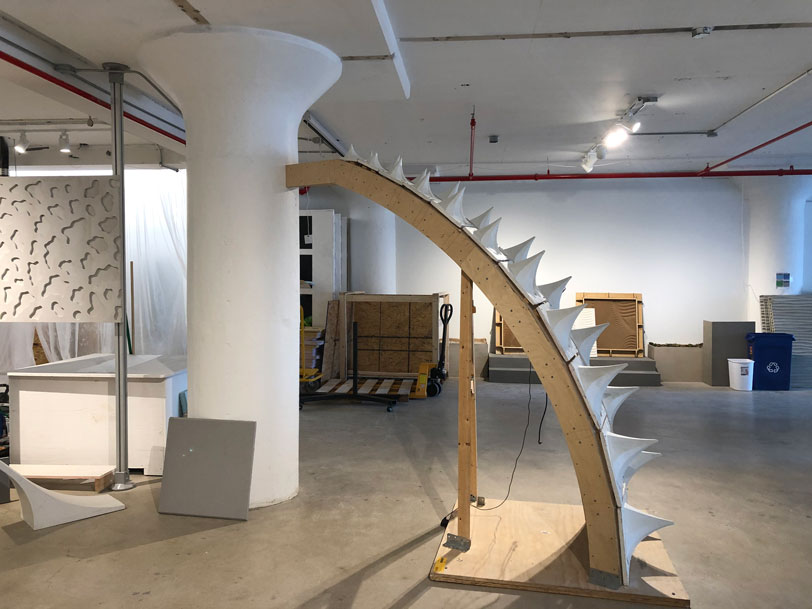
Impact Award
Money Does Grow on Trees offers an invaluable digital platform for communities, giving quantifiable data on the importance of urban green spaces and the value of their protection from development. Showing data that shows the benefit from community gardens, ranging from water filtration and runoff mitigation, temperature regulation, and methane mitigation, the platform is a compelling argument for the protection of community gardens that goes beyond the obvious benefit of well-being for humans and nature in an urban context. Its potential for impact in communities is exponential.
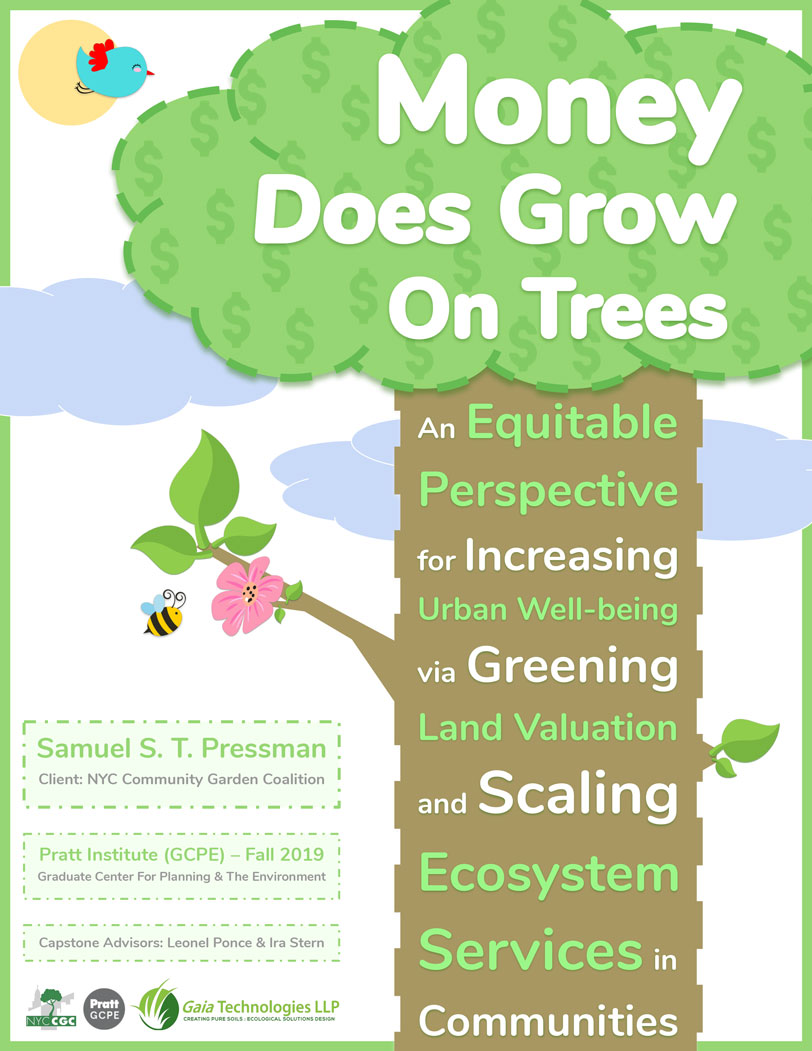
The Start-Up Power Award has two winners, as the judges saw two projects with equally compelling potential in different contexts: for-profit and not-for-profit.
Start-Up Power Award (For-Profit)
Smart Hives is accessible and appealing in its technology and its aesthetic. People of all ages will have fun doing their part—from their own windowsill or backyard—to support non-pollinating bees and the ecosystems they are part of. This MVP prototype is sustainably designed with a host of natural and recycled materials, and will benefit both bees and customers. We look forward to its progress into the market.
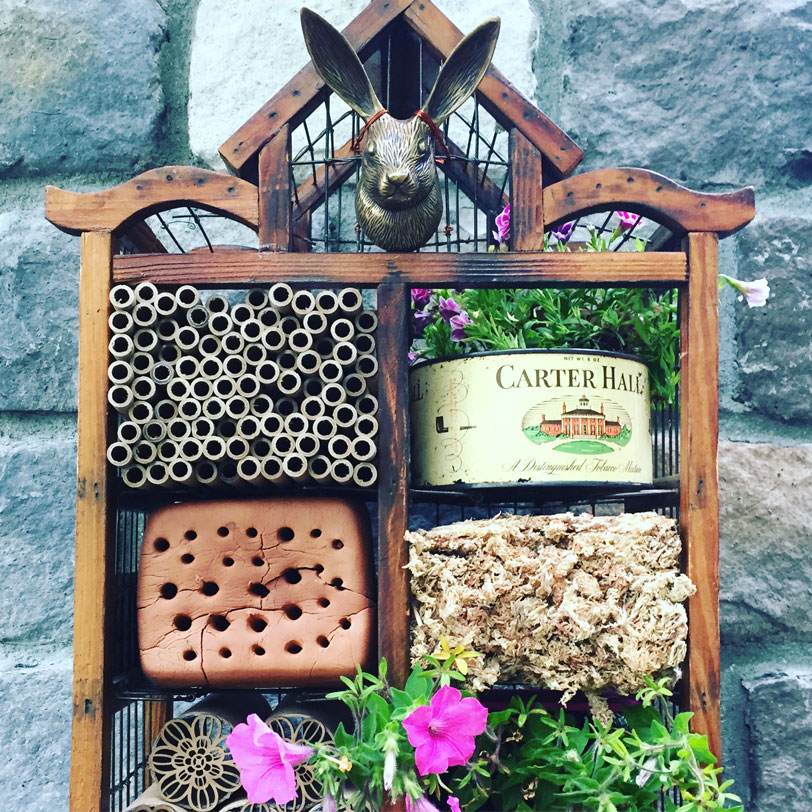
Start-Up Power Award (Not-For-Profit)
Brain Bridges is testimony to the power of co-design. Kids and researchers together developed, tested, and validated their product—and clearly had a great time doing it. This MVP prototype looks ready to launch. Once the right channels have been identified, its distribution should be a success.
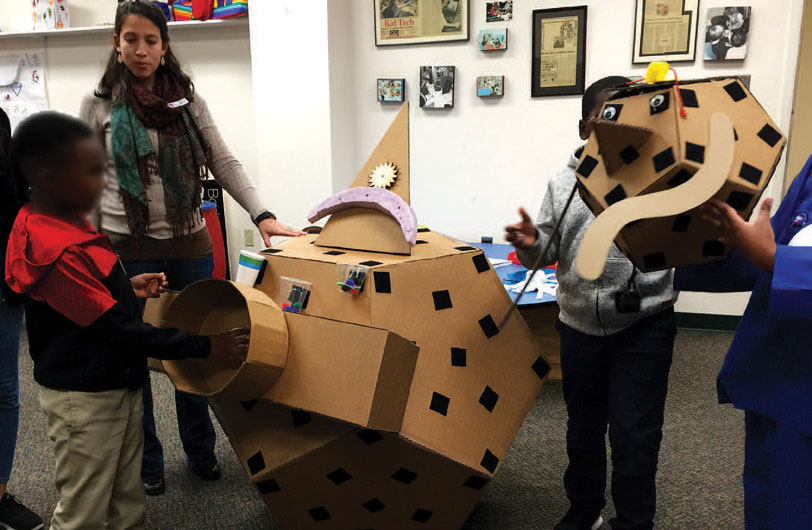
Innovation Award
Out of Thin Air is an interdisciplinary project of considerable complexity that combines input from many fields: biology and forestry, history, sensorial data, and environmental educational practices. The comparison of pre-logging forests’s smell with the smell of today’s forest gives a sensory insight into issues of forest succession and climate change. Surprisingly, this seemingly scholarly pursuit is expressed in offering a line of beautifully resolved items: essential oils from fragrant plant species in Prospect Park, Brooklyn, from old-growth to current and future plants, complete with elegant packaging and typography.

People’s Choice Awards
With more than 200 voters participating, Informed Misuse was the clear winner among votes from research enthusiasts among and beyond the Pratt community. Identifying the ways architecture contributes to math and math to architecture, the researchers are clearly passionate about guiding middle school students to expand learning and exploration through inquiry in these fields.
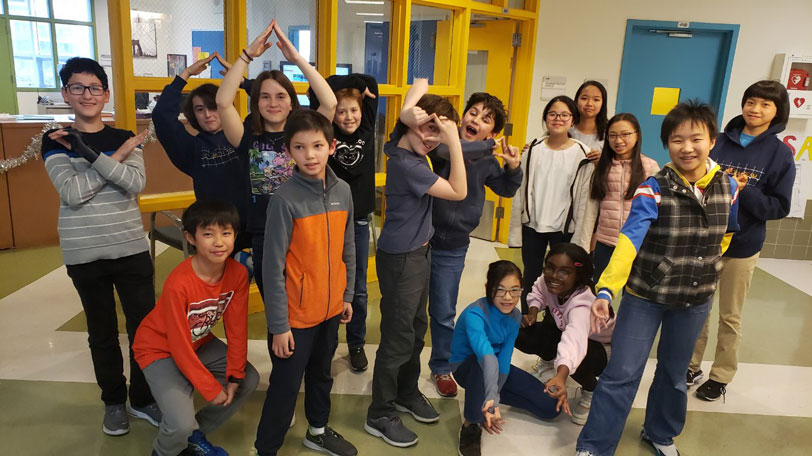
Congratulations!
Thank you again to all of our judges and voters for selecting these winners and for your efforts in acknowledging research at Pratt Institute. We couldn’t have celebrated without you!
The Faculty Research Recognition Award is one of the highest honors a Pratt faculty member can receive, and the recipient is selected through a vigorous review process led by a committee of Pratt’s Academic Senate. Nominees must exceed the criteria outlined in the following categories: impact, critical review and reception, and a strong connection to the Pratt community.
It gives me great pleasure to announce that Dr. Haresh Lalvani in the School of Architecture is the recipient of the Research Recognition Award for the Academic Year 2019–2020. Teaching at Pratt Institute since 1970 and a visionary leader in morphology and experimentation in structural research, Professor Lalvani is truly a Pratt treasure.
In these extraordinary times, Pratt Institute is proud to acknowledge Professor Lalvani for his decades of research and his dedication to excellence that have made Pratt Institute what it is today, a leader in impactful, knowledge-generating research. Please join me in applauding Professor Lalvani for this achievement.
Sincerely,
Kirk E. Pillow
Provost
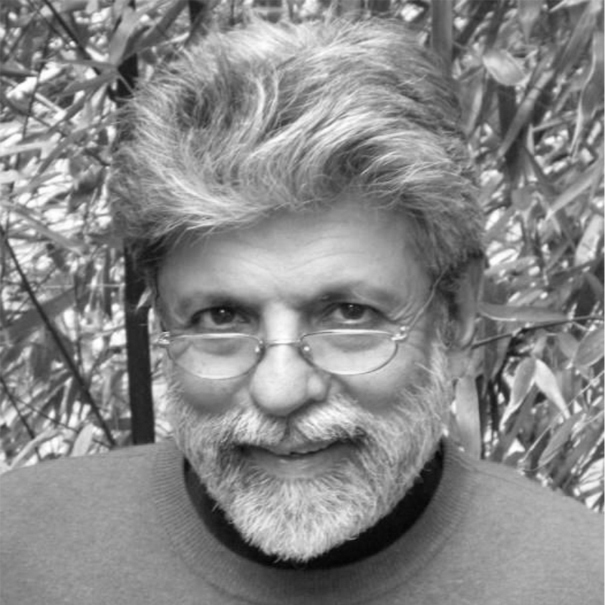
DR. HARESH LALVANI
Dr. Haresh Lalvani is a tenured professor in the School of Architecture at Pratt Institute where he is also the director of the Center for Experimental Structures. He is an internationally recognized architect-morphologist, artist-inventor and design scientist.
He has collaborated across different fields which include computer science, engineering, dance and physics in accordance with the pan-disciplinary scope of his work which includes establishing an international standard in telebiometrics. He is a recipient of grants from NASA, NEA, NYSTAR, Graham Foundation and other agencies. His sculptures are installed in public places in New York and his AlgoRhythms Columns are in the permanent design collection in the Museum of Modern Art (MoMA).
Q+A WITH DR. LALVANI
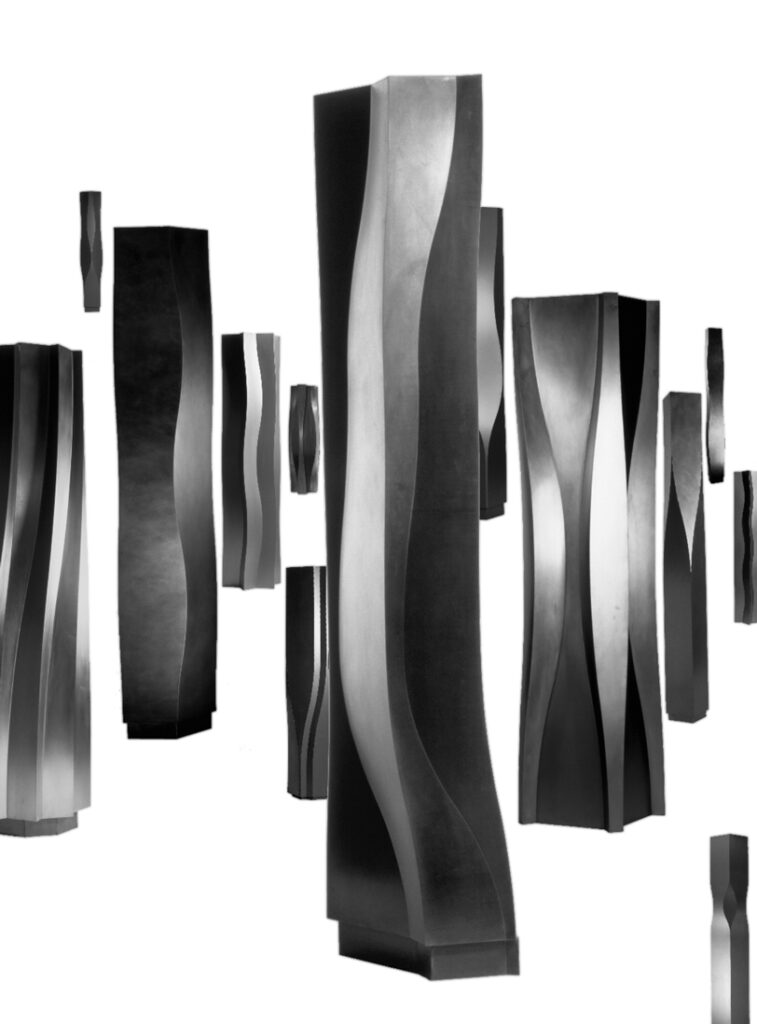
Here at Pratt, we have a very broad definition of research and its applications. In regard to your own work, how would you define research?
My work straddles two realms, fundamental research and applied research. It deals with structures and meta-structures. This dual location forces me to look into methods and processes, both physical and conceptual. I have found that doing fundamental research with an application-driven environment of design arts (architecture, design, art) facilitates the discovery of surprising solutions to some problems or to problems that have not yet arisen. The latter define solutions that are looking for problems. I work on both ends of this problem-solution spectrum: problem-first and solution-first.
How has your approach to research changed throughout your career?
My first project with Milgo-Bufkin in 1997 was the direct application of my doctoral thesis to mass-customization. This opportunity to apply theoretical work to industrial production and digital manufacturing was a huge change for me, as was the experience of physical making on larger scales within a factory setting. These changes have had a profound influence on me. Now, I am testing whether some of the principles that we discovered in these experiments with a hard, cold material like metal could apply to ways that nature makes its incredible designs. My intuition says yes, but I need to prove it.
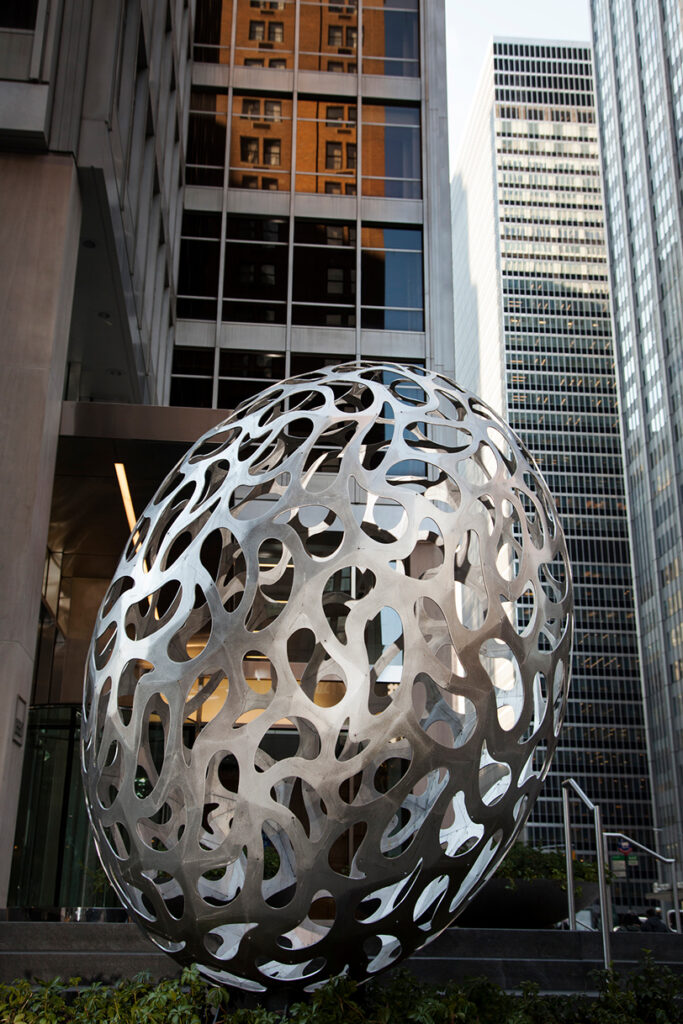
What was your most challenging research experience?
The challenges haven’t changed over time and remain the same. The most difficult challenge is to discover the bottom-most level, and do so in an integrated way so that all parts connect in a meaningful whole. Then, you must know that you actually have reached the bottom.
The second most difficult challenge is to translate fundamental research into real-world applications. The emergence of synthetic biologists and nano-techonologists as designers shows that the distance between fundamental and applied research is shrinking. In the work I do, I see a similar shrinkage of the space between fundamental discoveries and applied inventions.
What line of inquiry in your research are you the proudest of?
The discovery of the morphology of morphology i.e. the discovery that form has an underlying form, and the two are self-similar. The higher-dimensional diagrams that I use provide a way to enter design and other disciplines. These diagrams demonstrate that form is a continuum. Form is process. This kind of visual mathematical thinking makes you look at things differently, and can lead to surprising discoveries that combine the quantitative with the qualitative. This diagramming is a new ArtSci.
Where do you imagine your research going in the future?
Living organisms display two overarching design strategies: genetics and evolution. These two have come together spectacularly in a very exciting new field, Evo-Devo (evolutionary developmental biology). Some years ago, I hypothesized the idea of a morphological genome. Besides its implications for design, I am keen to find out if it exists in the real world. The only place is in nature, in living things, and I suspect the answer lies in Evo-Devo. I would like to find out. I am also very interested to see that these ideas reach the wider public, and I have been thinking of it in the context of a future exhibit.
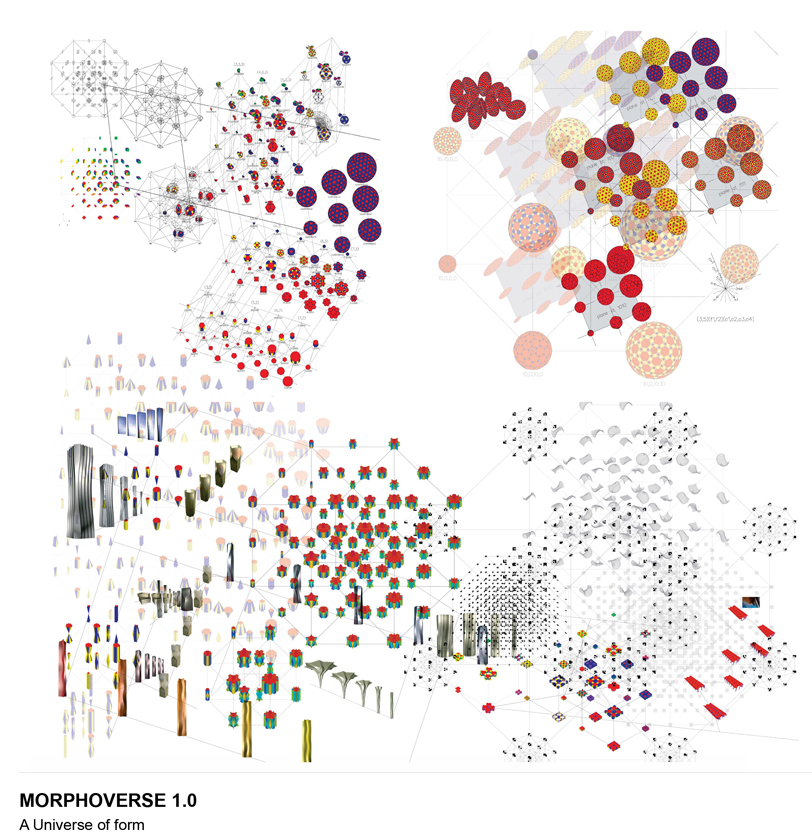
Representing the School of Architecture, you’ll find a range of projects that differ in their specialty, including experimental structures, sustainability, and curriculum development, but which all exemplify the critical thinking, expertise, and innovation for which the school is renowned.
Farzam Yazdanseta
School of Architecture, Undergraduate Architecture
Geometry served as a key element in the emergence of Iranian architecture, which can only be examined alongside the cultural dimensions from which it emerged. Banned Drawings further demonstrates the relationship between the evolution of Iranian architecture, geometry, and mathematics with the political patterns of the Persian Empire.
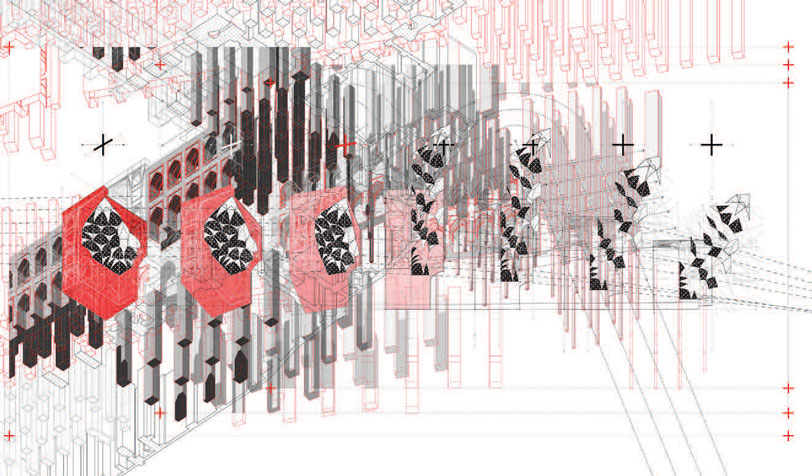
Erica Asinas, MS City and Regional Planning ’20
School of Architecture, Graduate Center for Planning and the Environment (GCPE)
Through an existing conditions analysis, participatory research, and local stakeholder engagement of the community, Building Equity through Managed Retreat: A Case Study on Edgemere, Queens, explores solutions for frontline communities by integrating community-driven healing, an economically just transition and reparations in adaptation policy and practice.
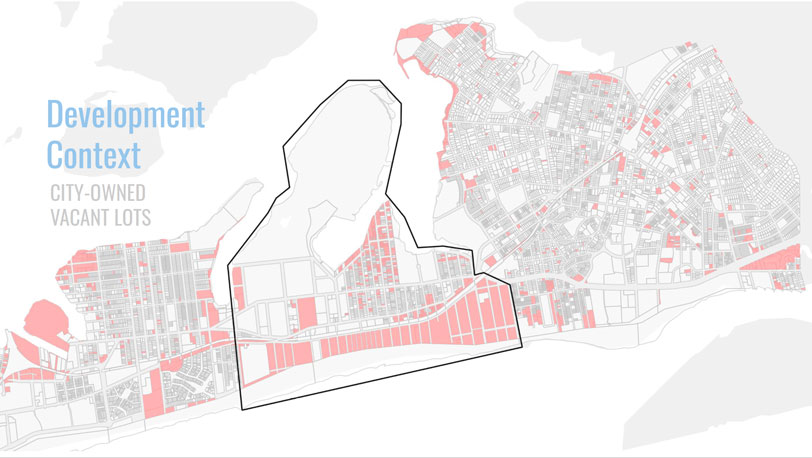
Alexandra Barker and Olivia Vien
School of Architecture, Graduate Architecture and Urban Design
Curriculum Development in Architecture for Pratt Young Scholars introduces students to a series of design approaches to conceptualize architectural investigations using the most current techniques and methods of fabrication, and is based on the Pratt GAUD MARCH first semester studio course.
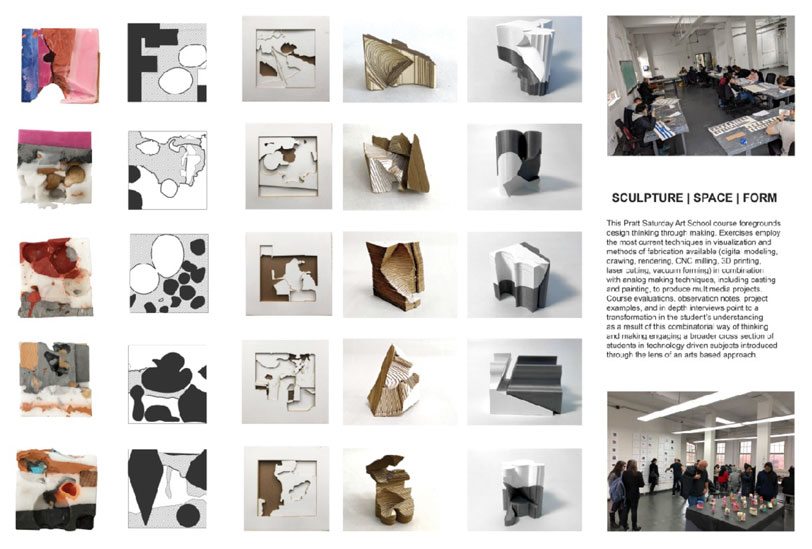
Maria Sieira
School of Architecture, Graduate Architecture and Urban Design
We bring architecture into a middle school math curriculum, and new teaching practices develop into new paradigms for school design. Our focus group consists of 22 young mathematicians in 6th, 7th, and 8th grade.

Duks Koschitz
School of Architecture, Center for Design Research in Architecture
Innovative Construction Assemblies investigates what kind of assembly systems can be developed that are fabricated in 2D and assembled in 3D without scaffolding or form work.
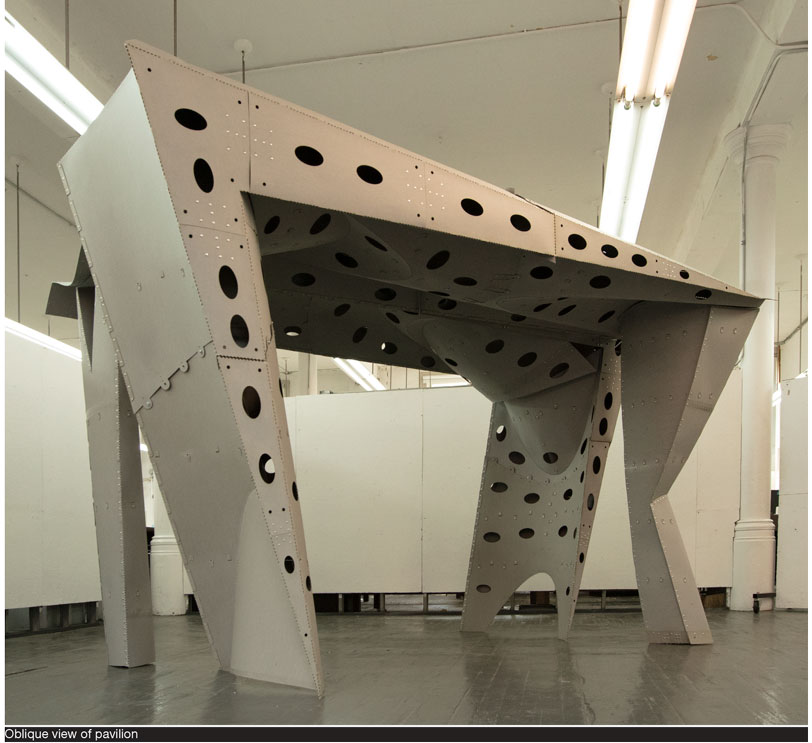
Jeffrey Anderson, Graduate Architecture and Urban Design and Jason C Vigneri-Beane, Undergraduate Architecture
School of Architecture
Local Eyes is an architectural platform that increases environmental awareness by bridging physical and virtual worlds. As a prototype cladding unit that turns architecture into hardware and software for harvesting data, it integrates sensors and augmented reality triggers that relay environmental information to dynamically updated digital visualizations.
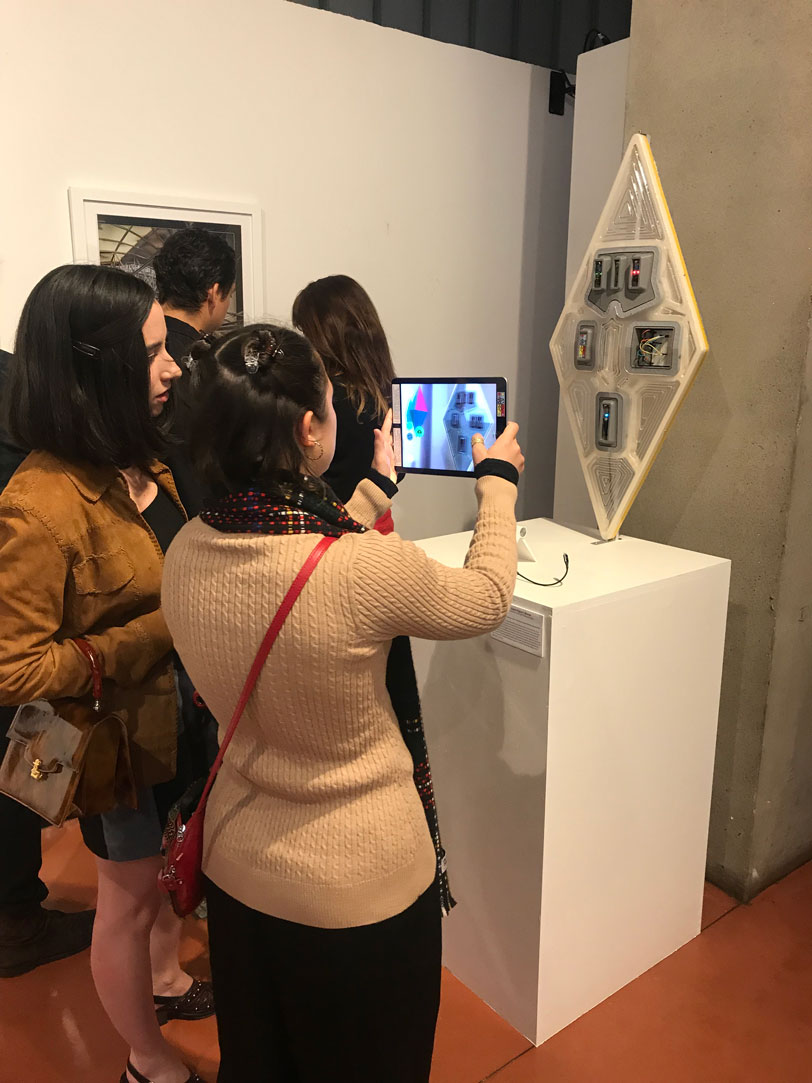
Samuel Pressman, MS Sustainable Environmental Systems ’20
School of Architecture, Graduate Center for Planning and the Environment (GCPE)
Money Does Grow on Trees creates a framework for an educational and interactive digital platform to enhance urban well-being via greening land valuation and scaling ecosystem services in communities.

Haresh Lalvani
School of Architecture, Center for Experimental Structures
All matter–oceans, land, atmosphere, humans, animals, plants, food, materials, products, buildings–is made from 118 known chemical elements. These elements are ordered in the periodic table of elements taught worldwide. Over 1000 different periodic tables have been proposed since Mendeleev originated the idea 150 years ago. If nature is one, shouldn’t there be ONE periodic table?
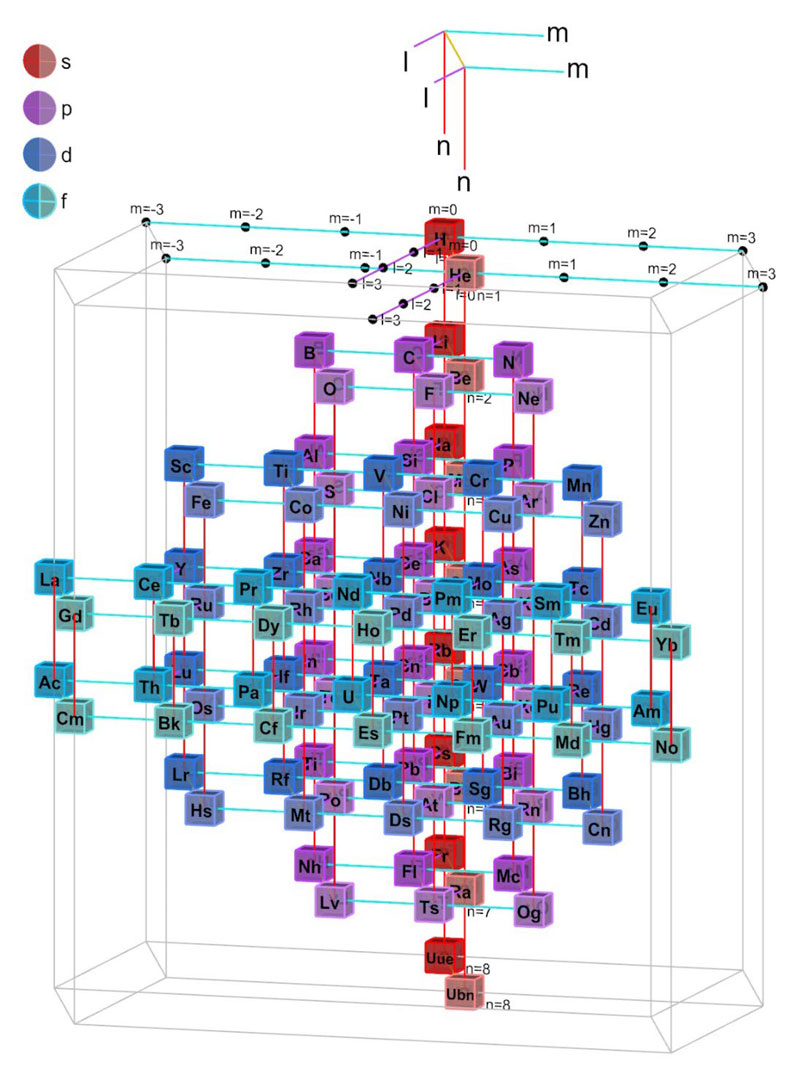
School of Architecture, Center for Experimental Structures
The Center for Experimental Structures explores hydronics architecture, actuated structures, hypersurfaces, minimal surfaces, and other experiments that combine morphology with various building and fabrication technologies, the physical as well as the digital.
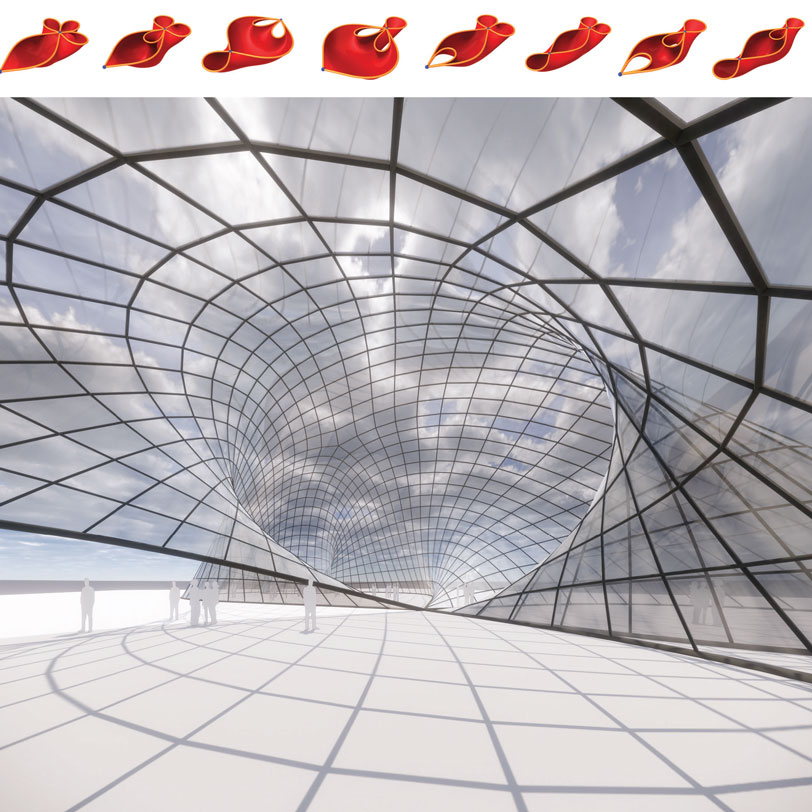
Ariane Harrison
Graduate Architecture and Urban Design
Pollinator decline poses a major threat to the global agricultural food supply; yet while honeybee decline is well documented, 90 percent of the planet’s bees are native bees, responsible for 75 percent of non-agricultural pollination globally. Honeyless, hiveless, and stingerless, these primary pollinators provide a vital ecosystem service yet remain poorly understood: their discreet dwelling and diversity make them hard to identify. The Pollinators Pavilion addresses this gap by bringing architecture, machine learning technology, and conservation ecology together to prototype an analogous habitat / field station with an embedded monitoring system using machine learning to automate insect identification of solitary bees.

Niyousha Zaribaf, M.Arch ’21
School of Architecture
Urban Houses Morphogenesis aims to regenerate the urban block through a series of experiments, comprehending and applying the theory of morphogenesis and developing the neighborhood into a space to create a series of computational iterative models, either done in 3D modeling (Rhino) or a scripting environment (Grasshopper). These results are then analyzed and evaluated according to optimum values and referred to as multi-fitness criteria, which will be the evolutionary goal.
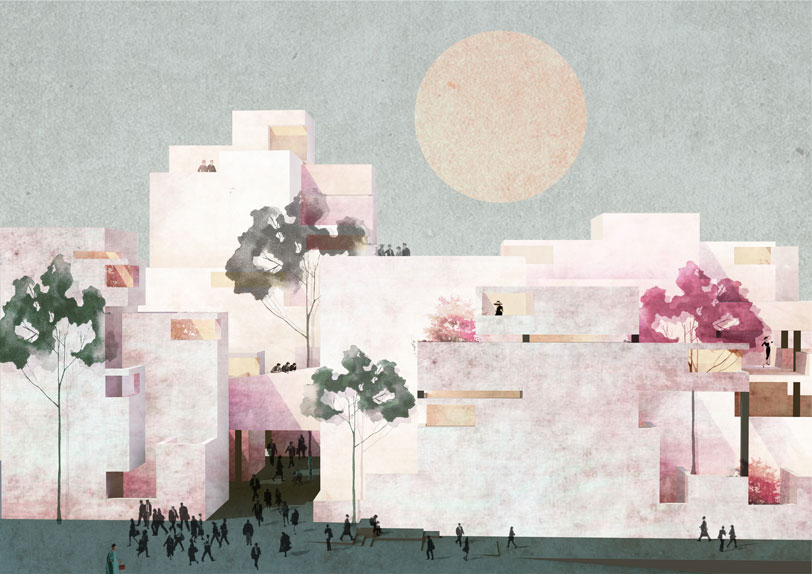
Niyousha Zaribaf, M.Arch ’21
School of Architecture
Deteriorated areas in cities sometimes have value, whether social, climatic, geographical, cultural, historical, which cannot be disregarded in designing around them. Urban Housing Redevelopment asks which design strategies should be considered toward housing in these areas?
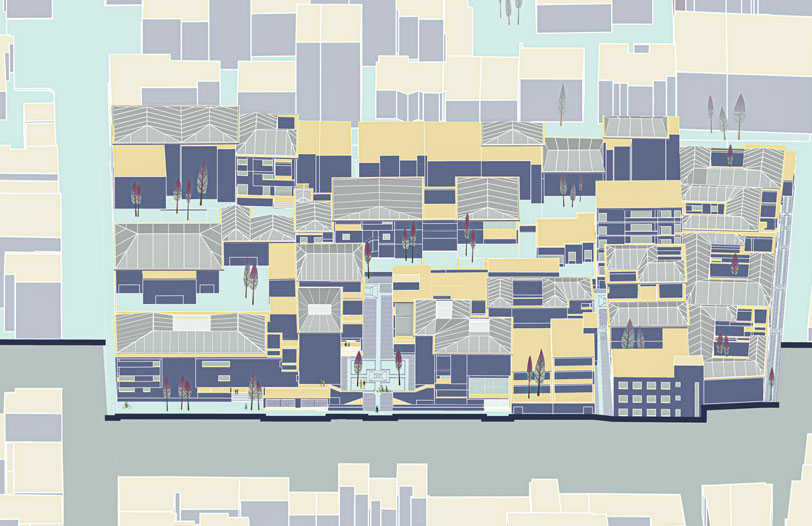
Meta Brunzema
School of Architecture, Graduate Architecture and Urban Design
In dense and growing cities like New York, meaningful community participation in planning and urban design projects is essential to further equitable and sustainable development. Our team is co-developing a set of interactive digital tools—WE_GENERATE (beta)—that democratize neighborhood planning in Chinatown by empowering citizens to visualize and shape complex urban projects, analyze trade-offs in real-time, and make persuasive data-backed choices that further resilience, preservation, and urban justice.
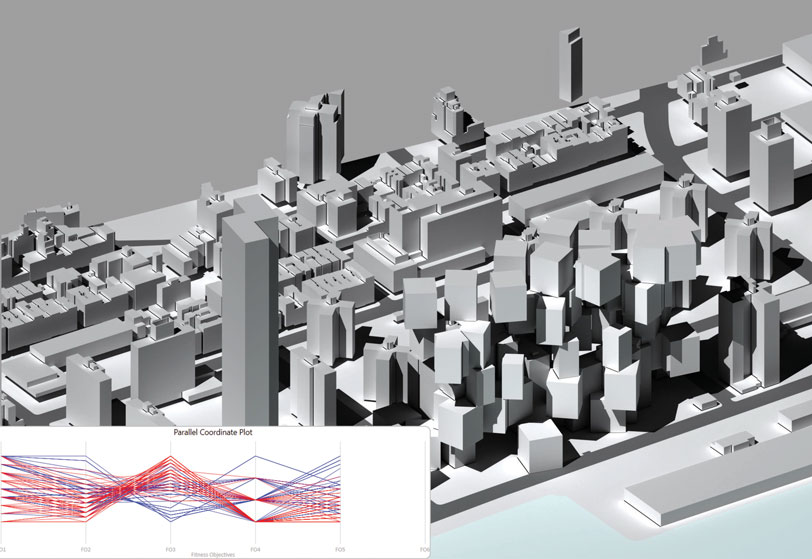
Hannah Anousheh and Lidia Henderson, MS City and Regional Planning ’20
School of Architecture
Women in Puerto Rico have been on the frontlines of the efforts to change their island from the inside out. Women on the Frontlines of the Resiliency-Building Efforts in Puerto Rico explores several women-led initiatives to transform Puerto Rico into a community-led, just, equitable, and sustainable utopia.
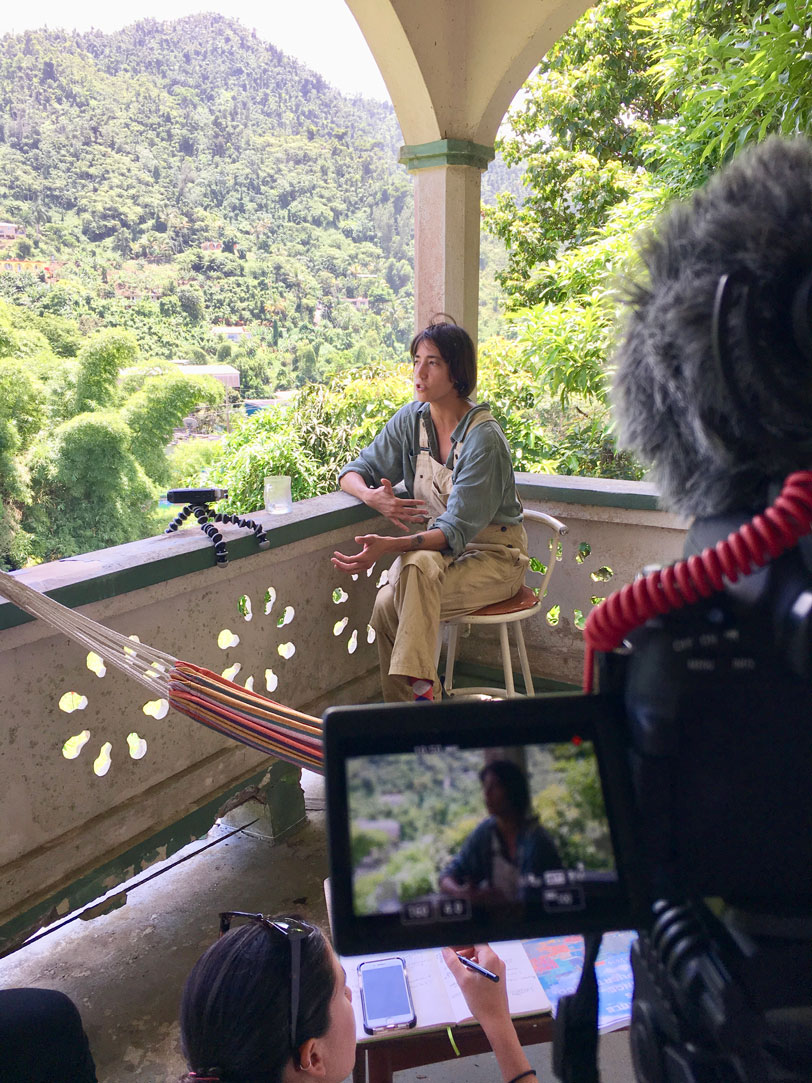
Dale Cohen
School of Architecture, Undergraduate Architecture
Writing Women Architects on Film is a 1-minute student film competition about women architects, defined expansively. This project seeks to demonstrate that women have been vital to the practice of architecture for decades, while radically under recognized.
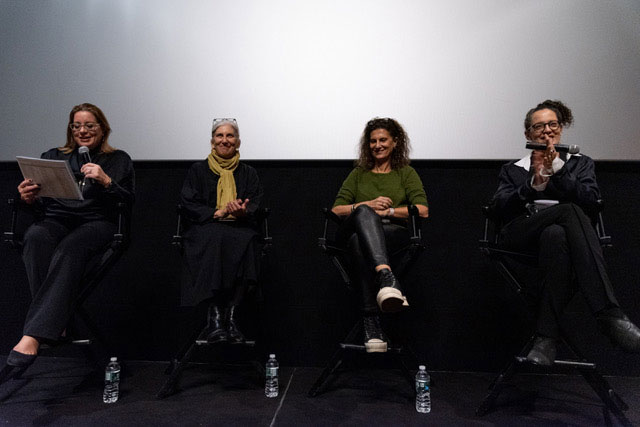
Ashley Simone
School of Architecture, Undergraduate Architecture
Seed Grantee 2019-2020
[Re]presenting Tarará is a research project that began with the intention of reconstructing the architectural genealogy of Tarará, a small community in Habana del Este, located nineteen km east of central Havana. The project, represented here in photographs that later will be adjoined by text, developed from interviews and site visits that have uncovered details regarding the history, transformation, and contemporary condition of the residential enclave, which was built during the 1940s and 50s for upper-middle-class Cubans and later appropriated by the regime of Fidel Castro before falling into disrepair.
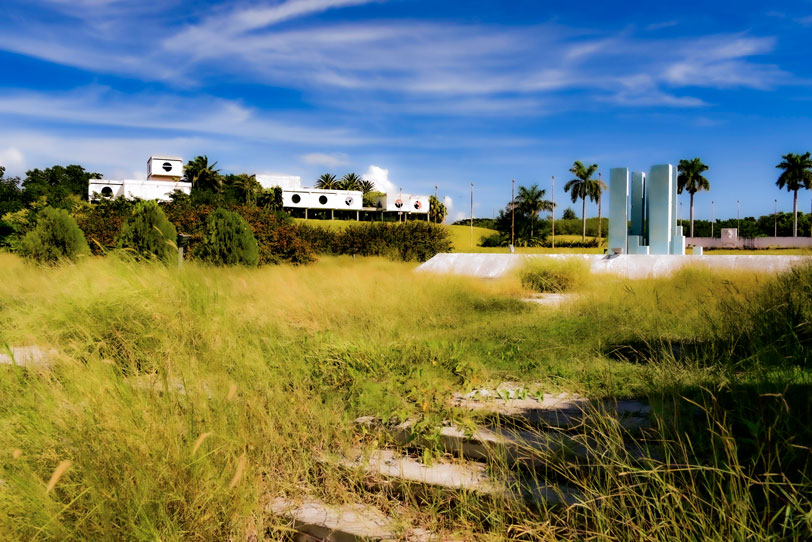
Projects within the School of Art address social impact as viewed through the lens of art in various contexts and also include an array of projects that demonstrate self-reflection and meditation on pedagogy, the history of art, and the use of materials in artistic practice.
Duff Norris, MFA Fine Arts ‘20 and Shaun Leonardo
School of Art, Fine Arts
Artist and Visiting Fellow Shaun Leonardo partnered with MFA 20′ student Duff Norris to create the Social Practice Matrix, a tool for investigating and evaluating publicly engaged social practice projects. The Matrix looks at eight separate points of assessment that map a project’s potentials and limitations as inherent to its intended scope of work and objectives. These assessment nodes explore topics particularly relevant to socially engaged practices—priorities like participatory agency, scale of impact, and working with or against power structures, among others. This tool was developed as a part of Leonardo’s A Social Practice Laboratory, hosted in Dekalb Gallery, as part of his PROJECT THIRD summer residency of 2019.
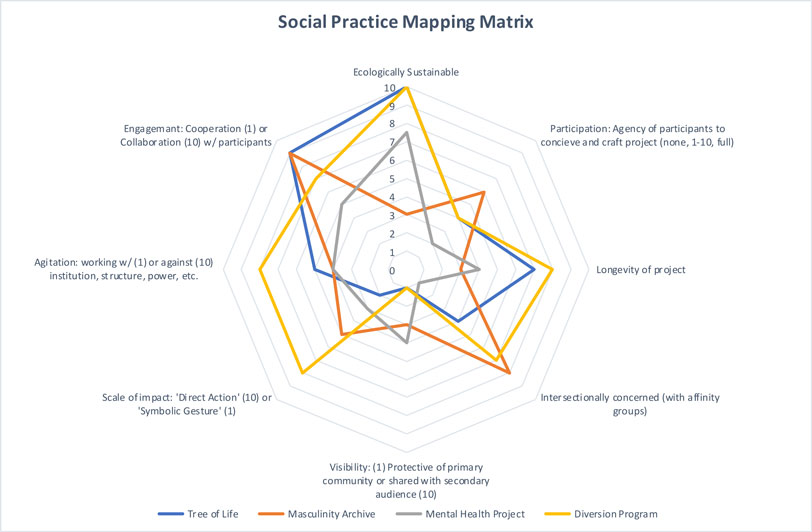
Holly Adams, BFA Digital Arts ’20
School of Art
BetaSpace is a place for exploration and play, with many learning resources at arm’s length.
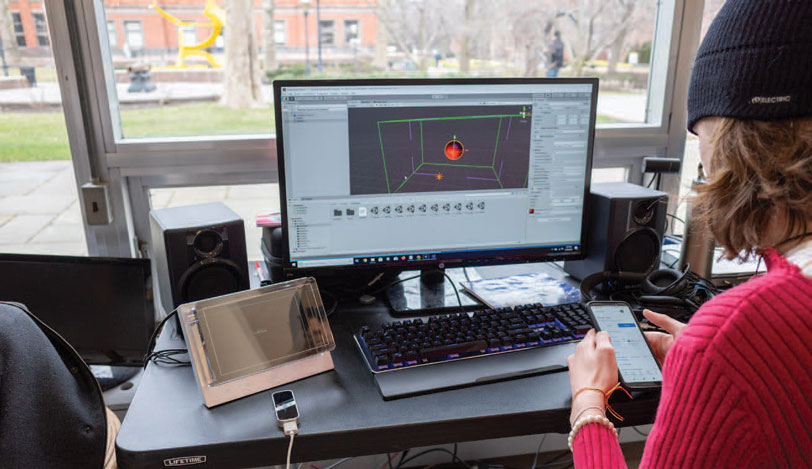
Mrinalini Aggarwal
School of Art, Fine Arts
Seed Grantee 2019-2020
Field is a research-led visual arts project within the public realm. Investigating systems of power embedded within the architecture and forms of contemporary public plazas and civic parks, the project will result in a landscape intervention in the historic site of the Frank H. Ogawa Plaza in Oakland, California, in June 2020.
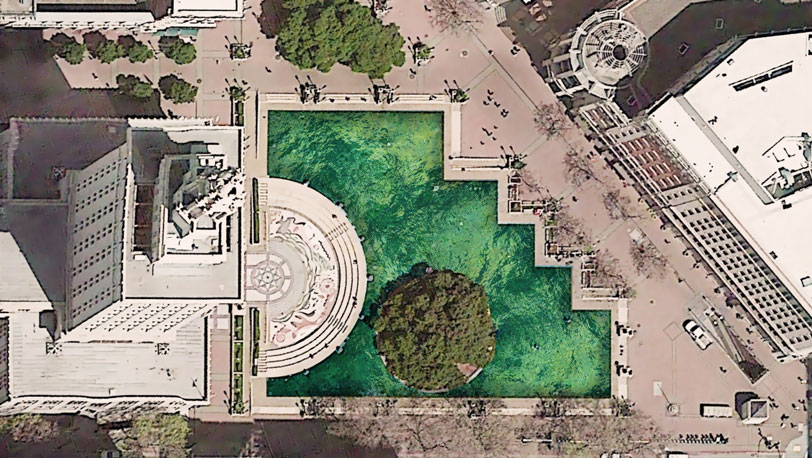
Rachel Hines, Marta Kostrzewa, Phillip Hunter (P.H.) Lawson, Suparkan (Pink) Niruktisart, and Carmen Noguera, MPS Arts and Cultural Management ’19
School of Art
Fusión is a capstone project that defines and explores the role that cultural resilience plays in the US-Mexico border at San Diego | Tijuana.
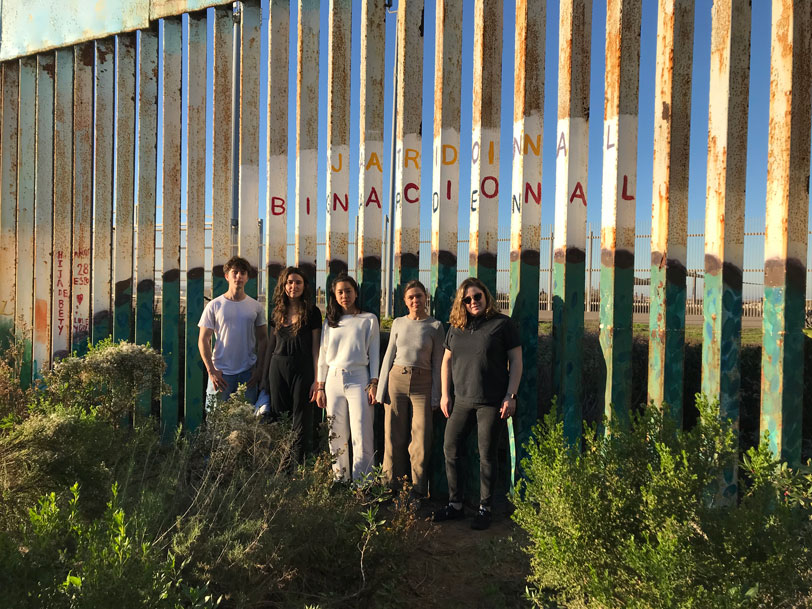
Xingze Li, MFA Fine Arts ’19 and Jackie Slanley, MFA Fine Arts ’20
School of Art
We believe that glass has the potential to be a critical player in the contemporary dialogue surrounding fine art and will open doors for artists in their own investigations.
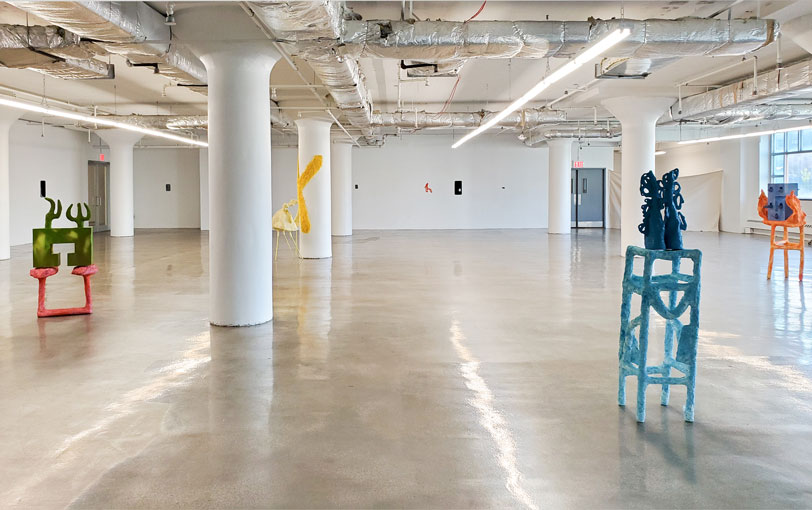
Sydney Ellison, BFA ’22 Photography
School of Art
Intersections of Gaze and Agency in Sotheby’s Auction Catalogs is a fictional Sotheby’s catalog that contains three groups of images intended to criticize the history of the nude in art and the dichotomy between male and female nudes.
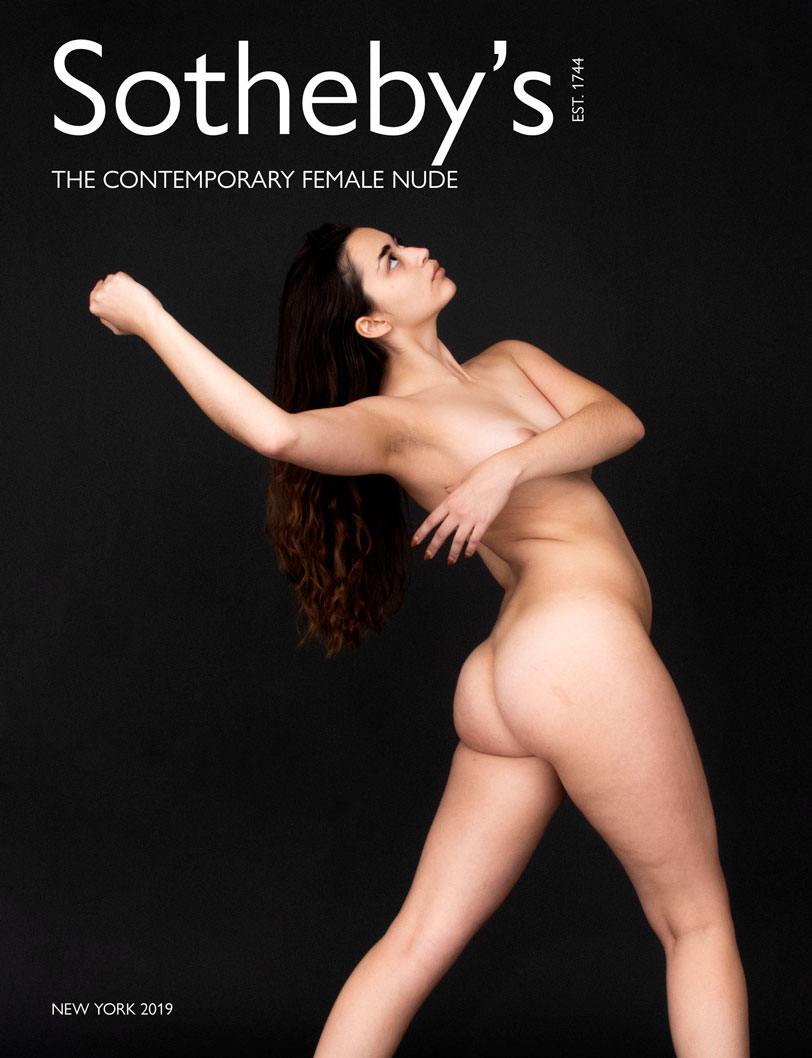
Morgan Miller
School of Art, Digital Arts
Seed Grantee 2019-2020
Margin of Error is an examination on how polling affects our democracy. Extensive research and interviews inform the creation of a documentary that includes animated sequences, with the intention of entering the production phase with as much research and knowledge as possible.

Chloe Smolarski
School of Art, Digital Arts
K-12 Seed Grantee 2019-2020
NYC Immigrant Youth Stories: A Youth Participatory Research and Media Art Project blends participatory research methodologies, oral history processes, and the media arts to further understand the lived experiences of Latinx, immigrant youth at Gregorio Luperón High School and empower them to respond to social injustices through media art.
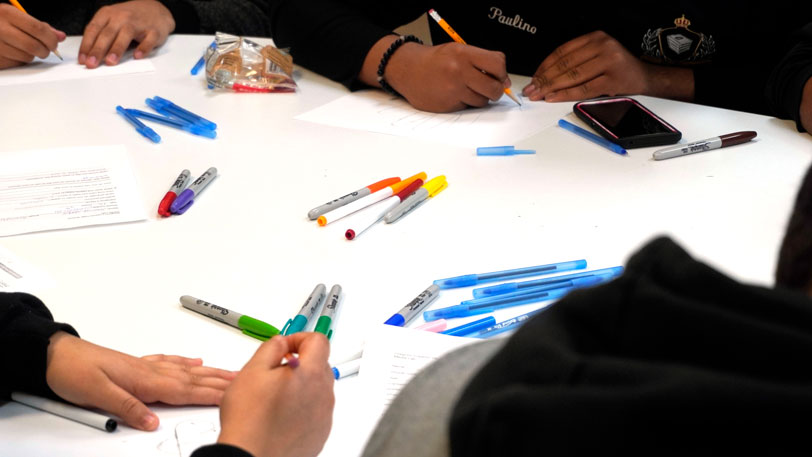
Connie Fu
School of Art, Fine Arts
Trust-Events in the Art of Pedagogy is the culmination of the inaugural Pratt/VACI Fellowship and is also supported by the Center for Teaching and Learning and the Department of Fine Arts. This project introduces trust-events to the field of art pedagogy, providing examples and analysis.
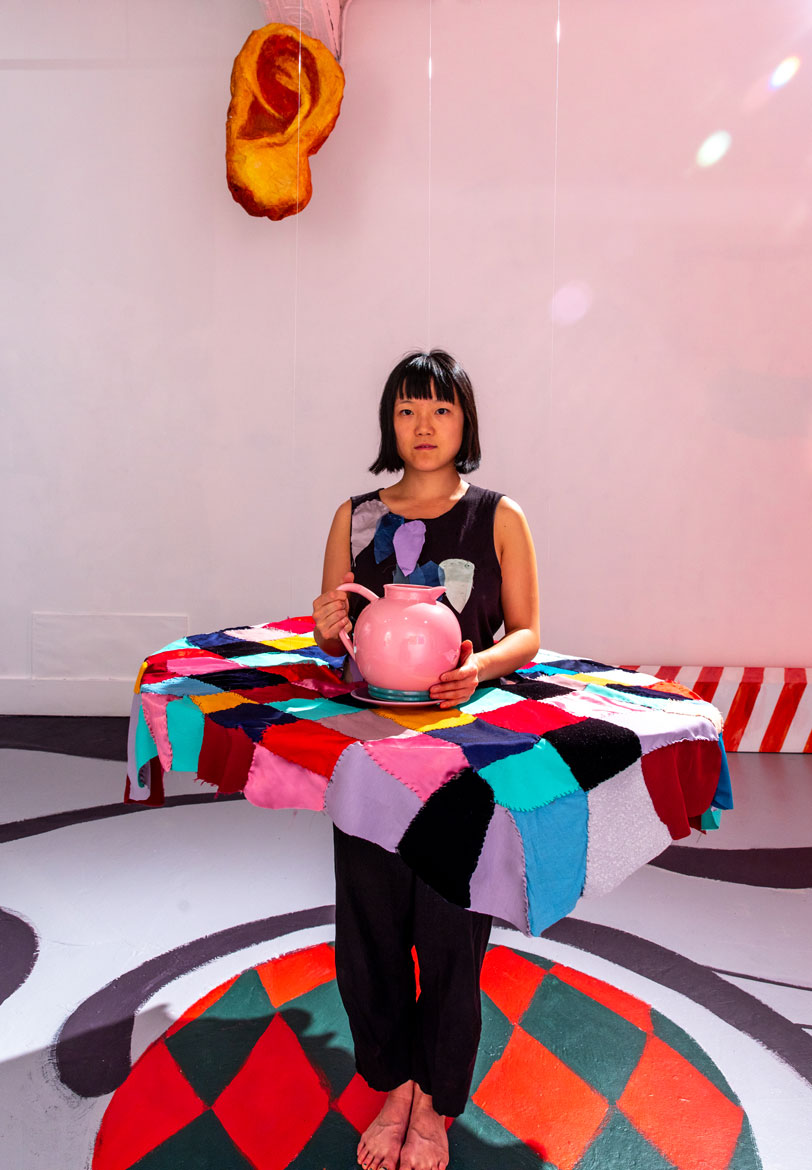
Look no further for a compelling study on how mindfulness can impact both the workforce that comprises the creative economy and the businesses that they drive.
Rhonda Schaller
School of Continuing and Professional Studies
Seed Grantee 2019-2020
Mindfulness Resource Lab: Workforce and Business Development for the Creative Economy looks at mindfulness as a business resource especially in the context of creative companies within a defined city culture.
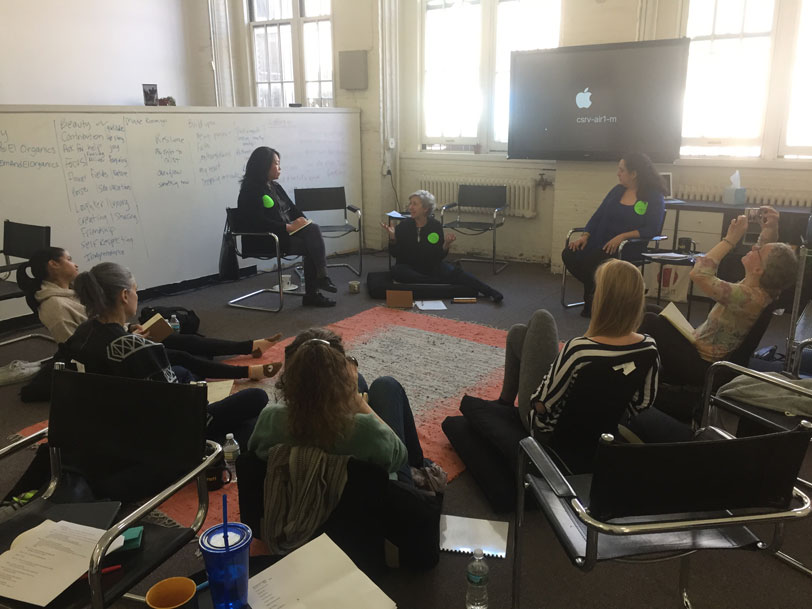
Look no further for a compelling study on how mindfulness can impact both the workforce that comprises the creative economy and the businesses that they drive.
Rhonda Schaller
School of Continuing and Professional Studies
Seed Grantee 2019-2020
Mindfulness Resource Lab: Workforce and Business Development for the Creative Economy looks at mindfulness as a business resource especially in the context of creative companies within a defined city culture.

The School of Information looks for better ways to approach the digital experience, empowering youth in the digital age, and designing even with bees in mind.
Leanne Bowler
School of Information, Library and Information Science
Seed Grantee 2019-2020
Young people are growing up in a data-driven world, interacting with data on a daily basis and in myriad ways. But is data a tool for their control or their empowerment?

Nancy Smith
School of Information, Information Experience Design
Seed Grantee 2019-2020
Smart Hives: Designing for Native Bees is design specific for native, solitary bees, which are some of our most important pollinators. Exploring well-being among animals, this project suggests ways to imagine beyond domestic honeybees when developing technologies to support ecosystems and pollinators.

Craig MacDonald and Elena Villaespesa
School of Information
A faculty-led, student-driven User Experience (UX) design, research, and strategy consultancy and academic research lab within the School of Information (SI).
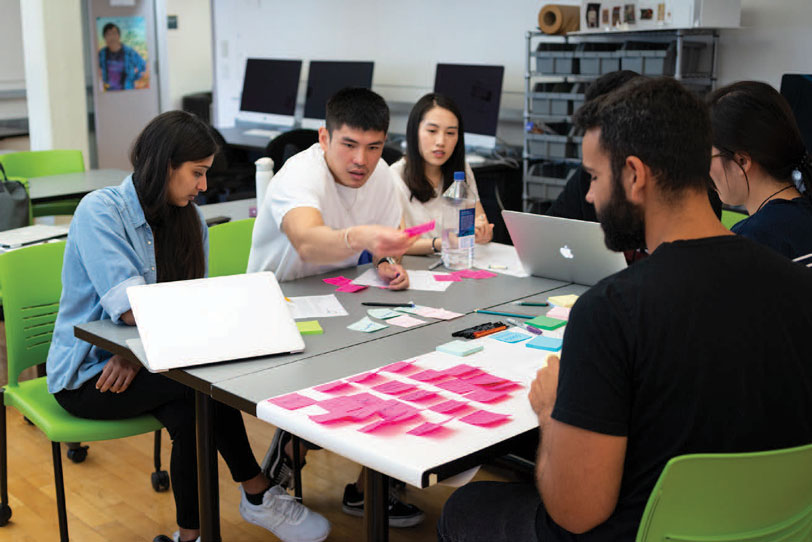
Research hailing from the School of Liberal Arts and Sciences is as diverse and wide-ranging as the disciplines contained within the school itself. Projects seek to explain complex subjects through interactive learning, the study of colors sourced from nature, and a residency at a Zen monastery that informed a novel.
Eleonora Del Federico
School of Liberal Arts and Sciences, Mathematics and Science
This research shows our comparison studies of natural dyed textiles and modern synthetic textiles, which include color stability and durability, as well as how the color hue can be manipulated using natural additives.
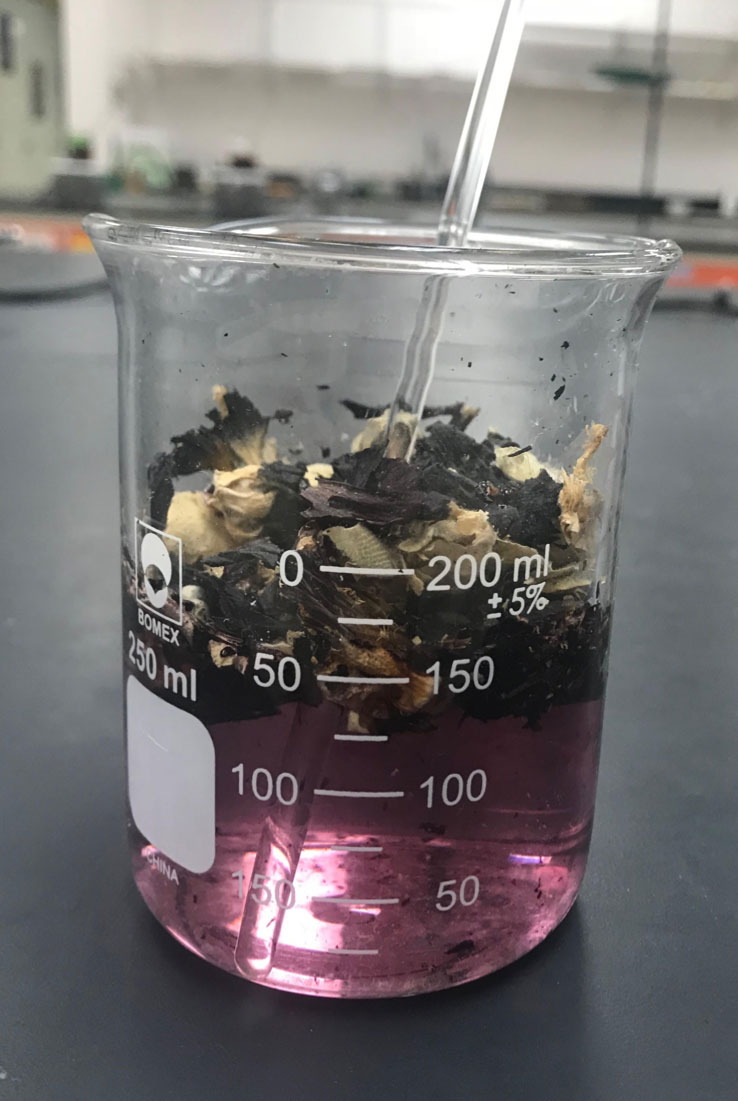
Mark Rosin
School of Liberal Arts and Sciences, Math and Science
How would colors appear if you had animal eyes or super-human vision? Color Blind explores the mind-blowing world of metamerisms, in which scientifically designed mixtures of light and color expose the limitations and potential of human vision.

STEAMPLANT INITIATIVE
School of Liberal Arts and Sciences, Math and Science
Emancipatory Urban Futures is a STEAMPlant Initiative project at the intersection of art, technology, and research aimed at envisioning a more inclusive and just city for the next generation.
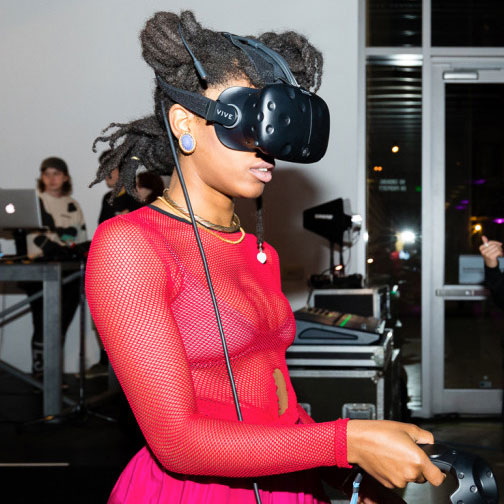
Claire Donato
School of Liberal Arts and Sciences, Writing
Seed Grantee 2019-2020
Was Not Sexual in the Zendo: A Novel is a meditation on Zen renunciation told through the perspective of a 33-year old adjunct professor living in a Buddhist monastery.
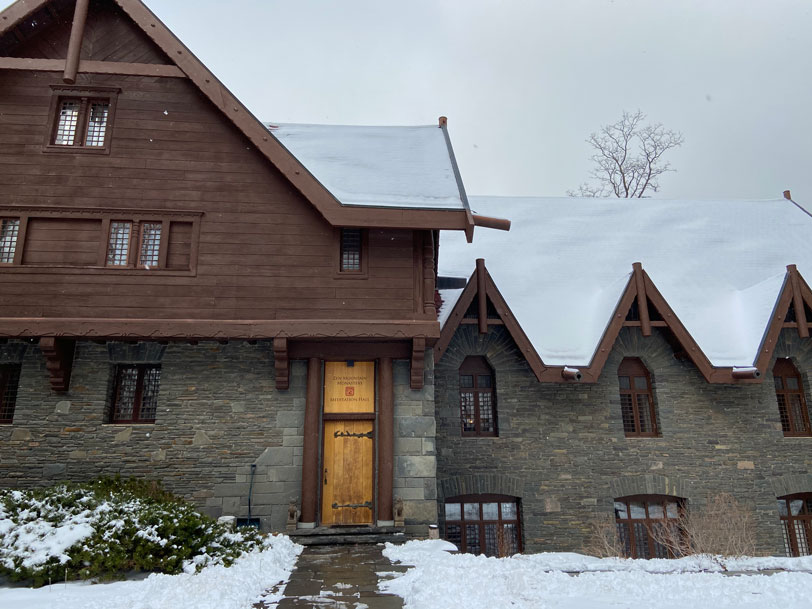
Helio Takai and Mary Lempres
School of Liberal Arts and Sciences, Math and Science
We deviate from the traditional museum setting of informal learning, instead bringing interactive art to teach science where there is a public and communicate it in a multisensory fashion that could easily be replicated in virtually any space.
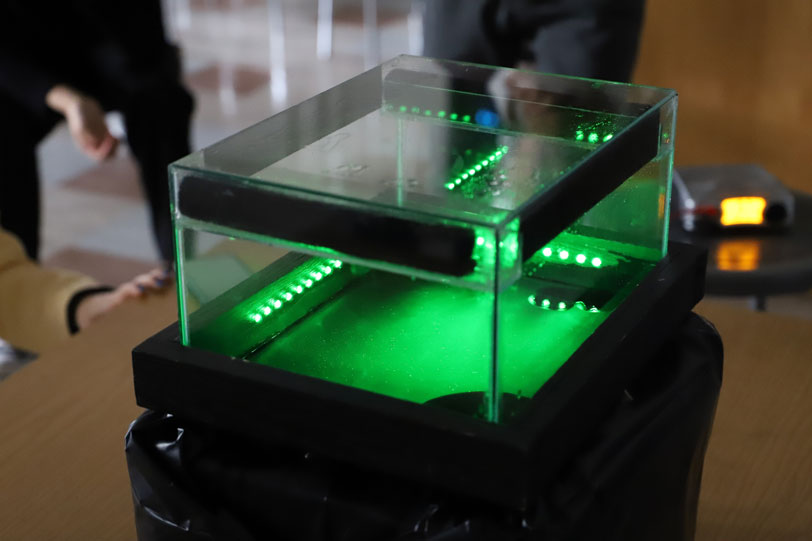
Melissa Eidson
School of Liberal Arts and Sciences, Humanities and Media Studies
Slow Fashion is a feature length documentary in three parts. Issues of cultural appropriation, the commodifying of culture, and relationships between weavers/block printers and designers are examined, as well as solutions provided by new business practices.
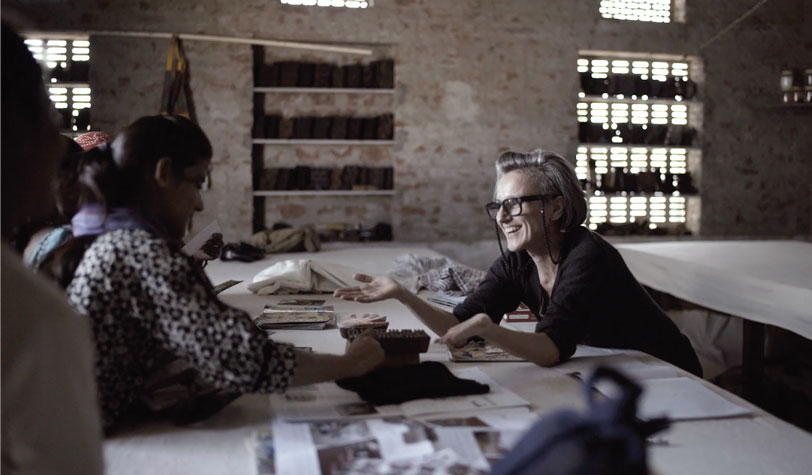
Francis Bradley
School of Liberal Arts and Sciences, Social Science and Cultural Studies
Seed Grantee 2019-2020
The Global South Center Oceans Project activates a working group comprised of Pratt faculty, bridging the Global South Center with the Center for Materials and Science to bring interdisciplinary perspectives to one of the most vital problems facing the world today: the degradation of the world’s oceans.
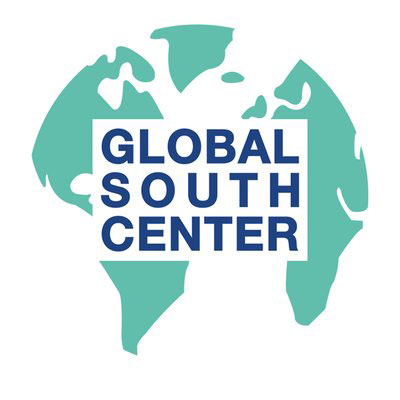
Martha Wilson
School of Liberal Arts and Sciences
Seed Grantee 2019-2020
Transcending Tradition: The Role of Performance Art in Elementary Education aims to study how time-based performance art is uniquely effective in the elementary school classroom and makes available various methods we observe to promoting equity in educational settings.
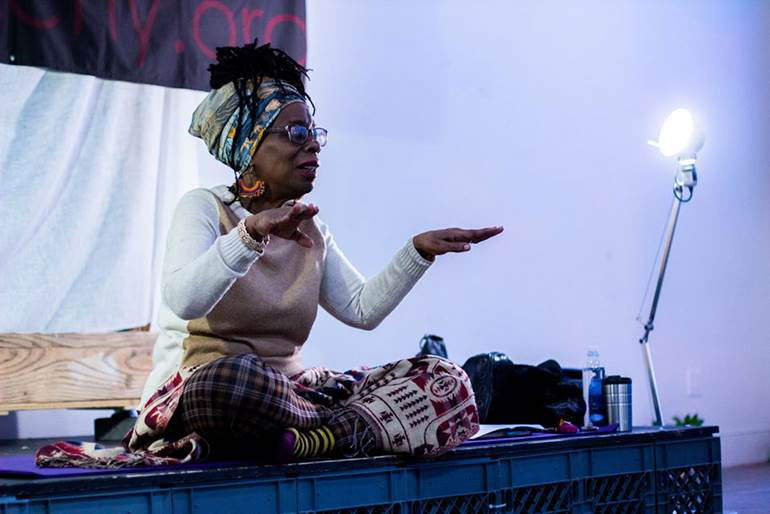
Home to the Office of Research & Strategic Partnerships, the Office of the Provost also oversees Spatial Analysis and Visualization Initiative (SAVI), the Pratt Center for Community Development, the Consortium for Research and Robotics, and Center for Sustainable Design Strategies (CSDS), in addition to Foundation, programming for our first-year students, and the Center for Teaching and Learning, a resource for our Pratt faculty.
Mark Parsons, Executive Director
Consortium for Research& Robotics (CRR), Provost Center
The Consortium for Research & Robotics engages communities that benefit from access to extraordinary technology for research, including NYC’s largest industrial robot.
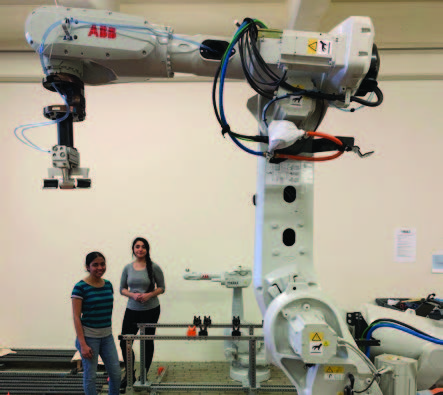
Judit Török, Provost Office, Center for Teaching and Learning
Office of the Provost
The Scholarship of Teaching and Learning (SOTL) is a systematic inquiry into student learning and teaching practices. It advances the practice of teaching in higher education through rigorous research strategies to disseminate the findings publicly and broadly.
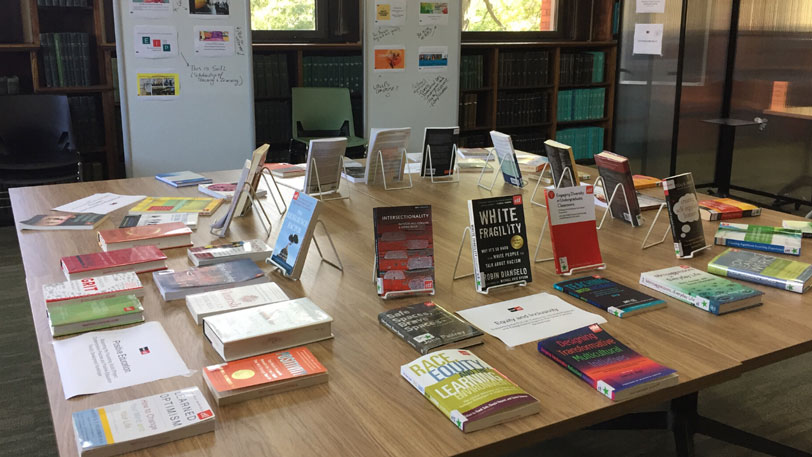
James Lipovac
Foundation
Seed Grantee 2019-2020
Baku Biennial Installation explored notions of how histories and cultures are created, and this interdisciplinary installation was conceived as a fictitious entry in the Encyclopedia Britannica.
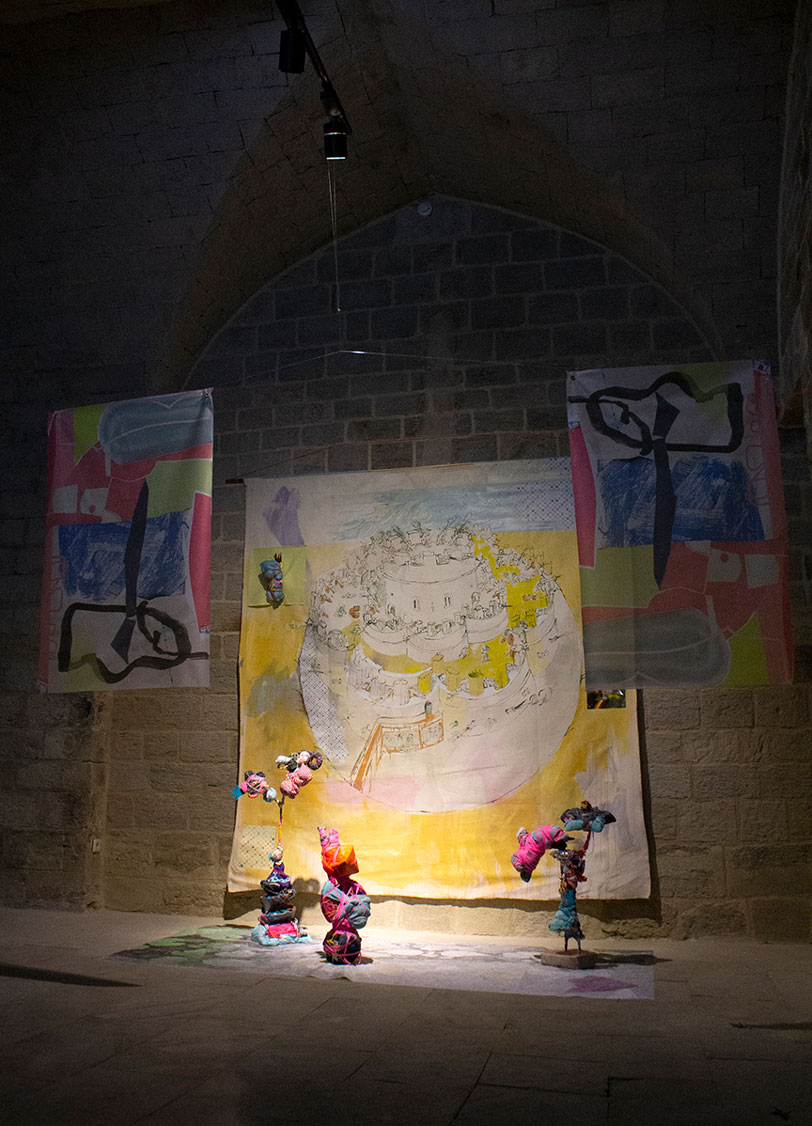
Adam Friedman, Executive Director
Provost Center
An initiative of the Pratt Center for Community Development, Made in NYC supports NYC’s diverse community of manufacturers by providing resources companies and entrepreneurs need to create jobs, foster entrepreneurial innovation, catalyze local markets, tap into local suppliers and contractors, and cultivate new markets and consumers.
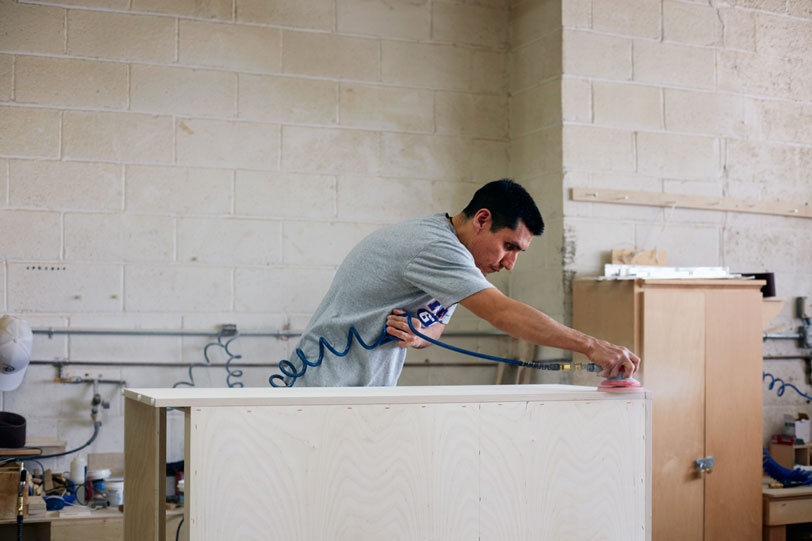
Carolyn Shafer
Center for Sustainable Design Strategies (CSDS), Provost Center
Pratt Institute Sustainability Timeline: Looking Back | Moving Forward is a graphical representation of the past 20 years of key sustainability initiatives at Pratt Institute and was coordinated by the Center for Sustainable Design Strategies, the Sustainability Coalition, the Pratt Sustainability Committee and the Departmental Sustainability Coordinators.
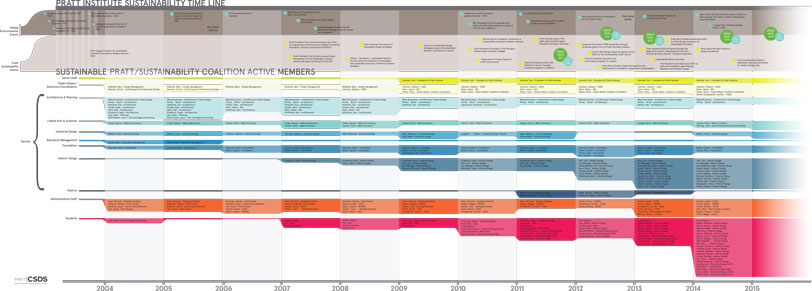
Case Wyse and Can Sucuoglu
Spatial Analysis and Visualization Initiative (SAVI), Provost Center
Toxicity Map, also known as the NBN ELI (Environmental Legacy & Improvements) Map, is a tool for learning about and collaborating on environmental hazards in Greenpoint & Williamsburg. Data used to compile this map came from city, state, and federal sources, guided by on-the-ground knowledge from local activists.
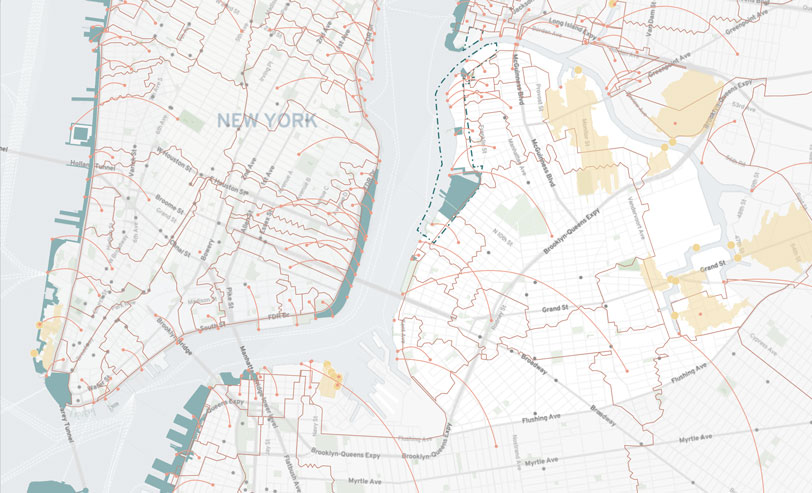
Can Sucuoglu
Spatial Analysis and Visualization Initiative (SAVI), Provost Center
Who Takes Care of New York? is an exploration of the variety of civic groups that exist and thrive in New York City, and the ways that they care for and support their local environments. Displayed through maps, art, and storytelling, this exhibition aims to empower visitors with an understanding of their capacity to make lasting change and impact in their own neighborhoods.
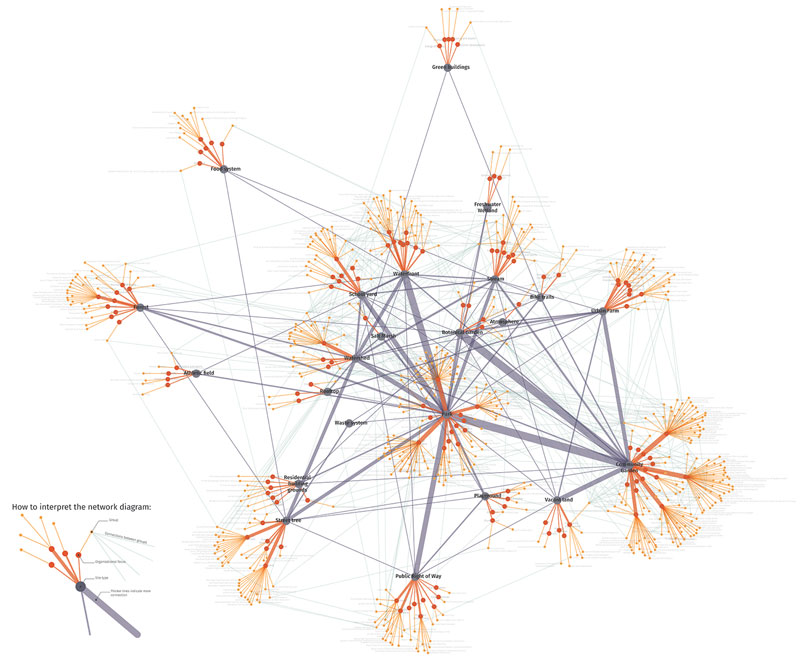
The Interdisciplinary Technology Lab is a trove of expertise and a resource that seeks to explore the solutions and innovations that can be forged through interdisciplinary connection with support from Pratt’s Information Technology division.
Richard Sarrach
Interdisciplinary Technology Lab
This flat-pack, easy to assemble Escape Pod allows for deployment within a range of interior environments offering an acoustical bubble with customizable interior workspace for one or two occupants.
